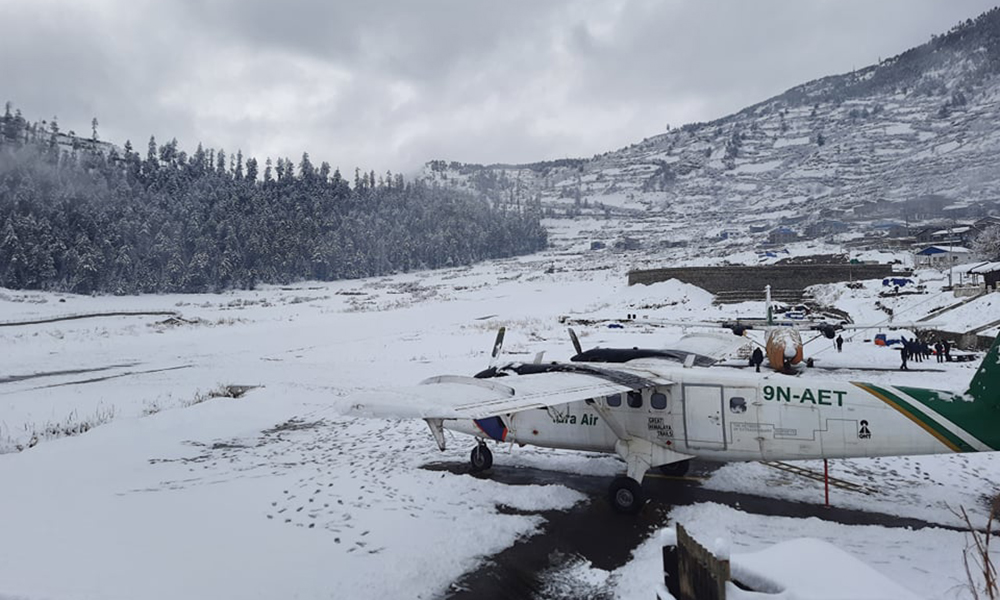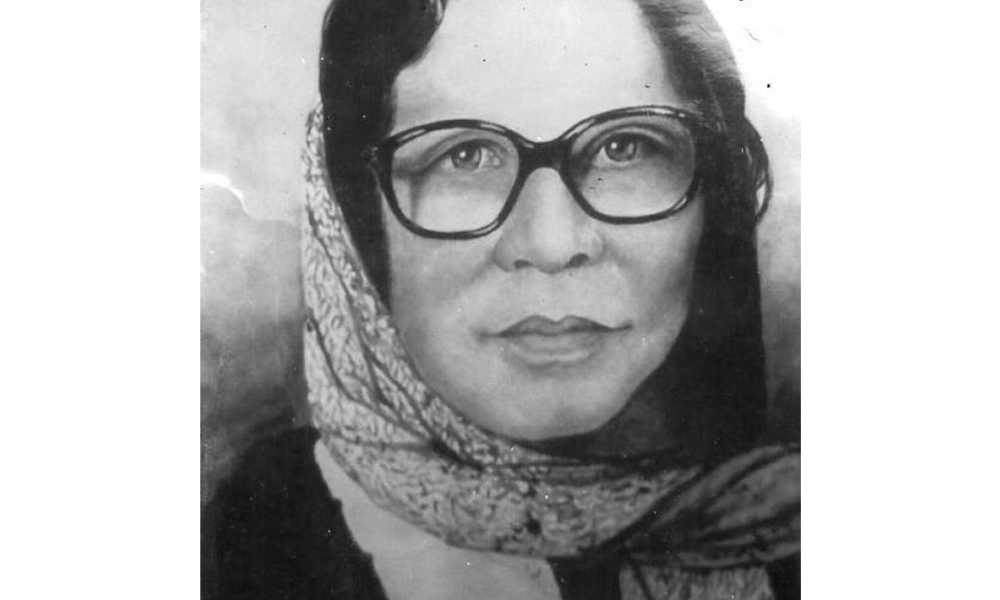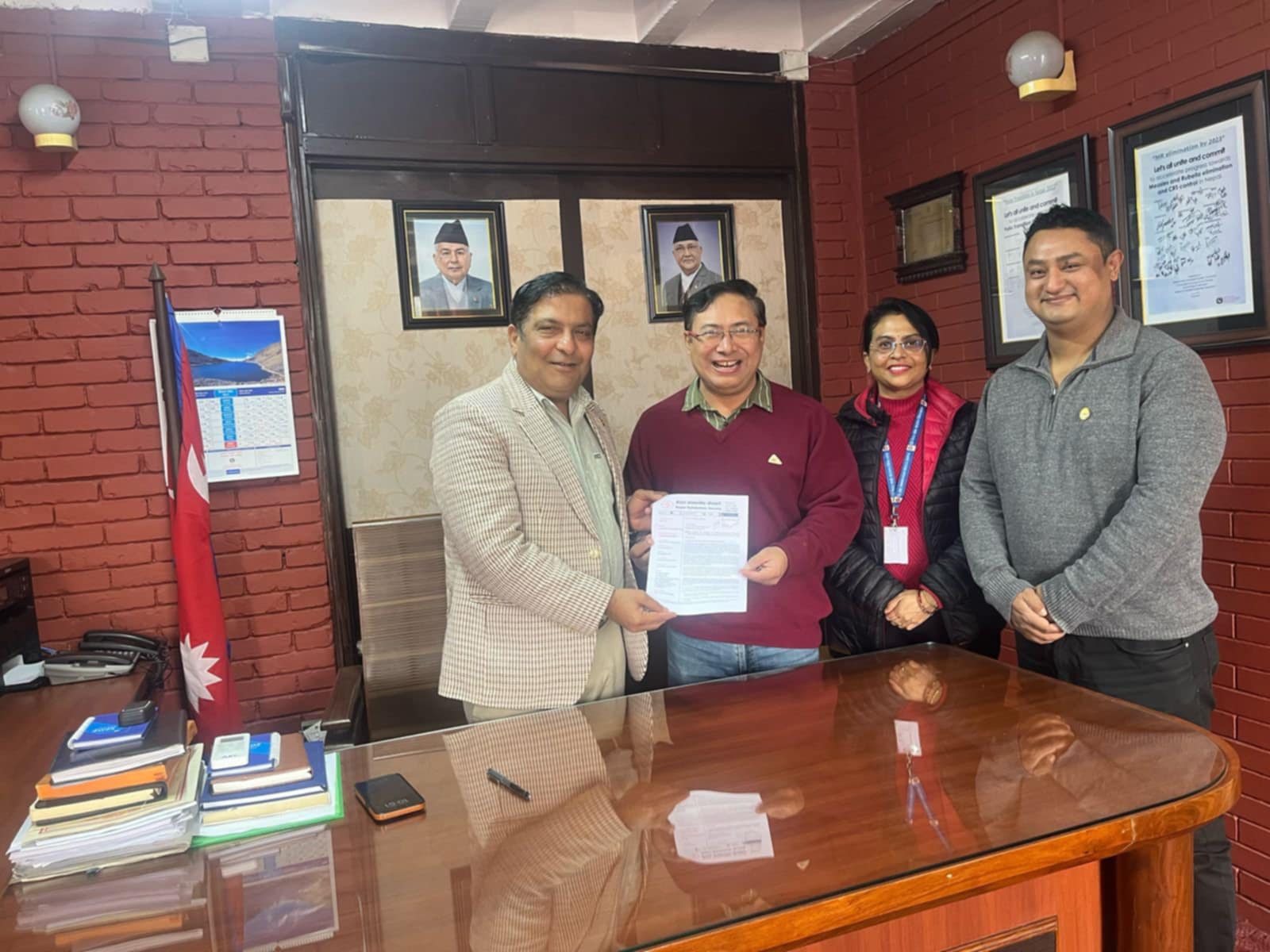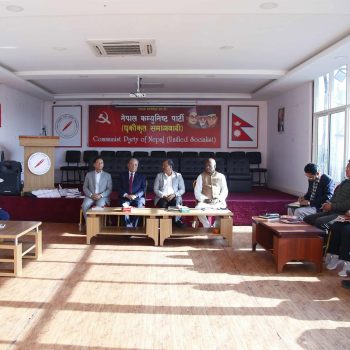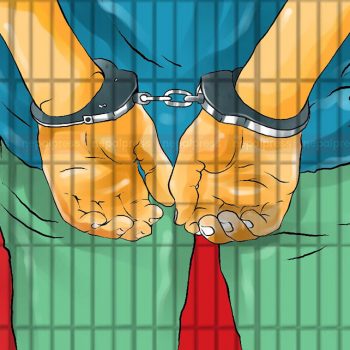Why railways make the most extraordinary sense for Nepal?
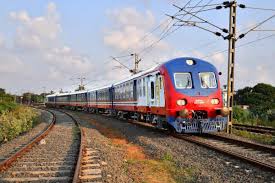
Whether one is travelling within Kathmandu during rush-hour – trapped at Koteshwor, or travelling inter-city elsewhere is Nepal, the lack of options is often benumbing. The world is scrambling to manufacture cars and make highways. No one seems to be talking rail!? This corporate greed-driven trend appears completely illogical in the face of Nepal’s needs.
Most prudent nations have already invested heavily in railways. We don’t have an operational rail infrastructure in Nepal, at least not yet. Surprisingly, No one is even clamouring or asking for it. Why not? Many hill trains exist in the world so it not that the hilly terrain rules out trains completely.
As more and more people are likely to travel from everywhere to everywhere. Yet, Nepal cannot go utterly electric in terms of surface transport, so it does not make sense to invest so heavily in highway infrastructure alone. It takes no rocket science to understand why Nepal would be better off with an improved railway network both for passengers and freight haulage alike. More so, given the rapidly improving hydropower capacity, electric trains make perfect sense.
Let us look at a few very compelling reasons to understand this better.
- Steel to steel friction is much less than rubber on concrete. This simple physics principle means that any haulage of freight and goods will always cost cheaper by a minimum of 10-40 per cent by railways than roads. After all, it is steel wheels rolling on a smooth metal track with no obstructions, speed-breakers or potholes. There is no need to worry about tyre pressure or punctures either! The carrying capacity of trains is incredibly more than tucks, and it makes no sense for polluting diesel trucks to create traffic jams.
- Double-tracking a single-track rail line can increase capacity seven-fold in only 15 feet of space, often already in place. It is unthinkable with roads.
- New rail capacity is safer, cleaner, cheaper, can be added more quickly, and has a far less environmental impact than road-building.
- The minimum reduction in GHG’s ie greenhouse gas emissions is 75 per cent compared to roads. Nepal is home to the Himalayas that hold the largest quantity of freshwater used by the largest population of the world ie Indian sub-continent, South China, and Tibetan highlands – so benefits from prevention of global warming is a no-brainer.
- Hundreds of millions of dollars are being ploughed into automated vehicle research – cars and trucks that drive themselves. In some cases, these concepts involve technological upgrades to highways to provide guidance systems. The manifest justification lies in claims that 93% of vehicular crashes stem from human error, and computer control can eliminate this. Collision avoidance technology already exists for trains, and a multi-level safety implementation is feasible and cost-effective. In road traffic, automation has to consider a far greater number of variables than trains where the variables are limited, and the environment is far more controlled.
- Have you ever wondered where the rubber from the tires goes as they become more rounded? The friction heavily degrades both the tires and the road’s surface, more so in case of roads made by Nepal’s infamous contractors! The rubber rubbed off from the tires is a massive pollutant. Railways are far more resistant to damage, and there is incredibly lower harm even with carrying enormous loads.
- The relatively much higher fuel efficiency also comes from much lesser air friction in trains than an equivalent number of vehicles carrying as many people. Yes, less air friction, Too!! Trains run like bicycle racers–Highway vehicles need to leave one car-length between them for every 10 miles per hour of speed. Each vehicle must independently fight air friction which may be more than you think. Stick your hand out the car window at 60 mph and feel the force exerted on the small surface of your hand. Multiply that surface area by hundreds to represent your car or around a thousand times to represent a truck, and you can imagine the amount of energy expended by your vehicle’s engine just to push aside the air in your way.
- Regenerative braking is a standard feature in modern electric trains. That means that you generate electric power when stopping the train, which gives trains a much higher energy efficiency.
- The advent of EMU trains or electrical multiple units. These trains are locomotive free and wholly customizable in terms of passenger load. If passengers are pre-booked, then significant synergies are created.
- Whopping energy efficiency: Transportation researchers have calculated that diverting “freight from trucks to electrified double-stack container trains trades roughly 20 BTUs of refined diesel for 1 BTU of electricity.”
- Savings apply equally to citywide metro networks and long haul railways. Public transportation for urban commuters, long-distance travellers or freight movement – railways offer equally win-win possibilities for all situations.
- FOR FREIGHT Rail transport can be cost-effective. Shippers who convert long-haul freight from road to rail can save 10-40%. Rail has lower fuel costs compared to road transport, especially when shipping a high volume of freight.
- CARGO via train is more environmentally friendly. Trains burn less fuel per ton-mile than trucks. According to the Association of American Railroads (AAR), freight railroads can move one ton of freight an average of 479 miles on a single gallon of fuel. On top of that, using rail transport over road transport can lower greenhouse gas emissions by 75%.
- IN FREIGHT CARRIAGE, Trains are capable of hauling large loads. Trains can handle high volumes of freight. One double-stacked train can hold approximately the same amount as 280 trucks.
- Railways are reliable. Railways have standardized transit schedules and don’t share their tracks with the public as trucks do with the road. For that reason, trains aren’t hindered by traffic and weather in the same way trucks are.
- Rail freight can be efficient. For many types of loads, the average transit time is comparable to that of road transport. While rail shouldn’t be used for time-sensitive shipments, it can provide very similar transit times for longer hauls.
- Rail options provide you with access to capacity or large haulage of Cargo.
Why don’t we think of a fast track railway from Kathmandu to Nijgadh? Is there anyone listening who wants to make this a promise for the seemingly upcoming elections?
I will vote for trains in Nepal!
Authored by : KP Singh





